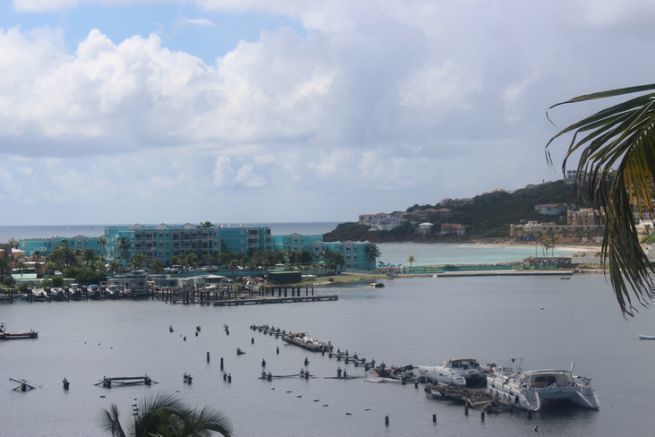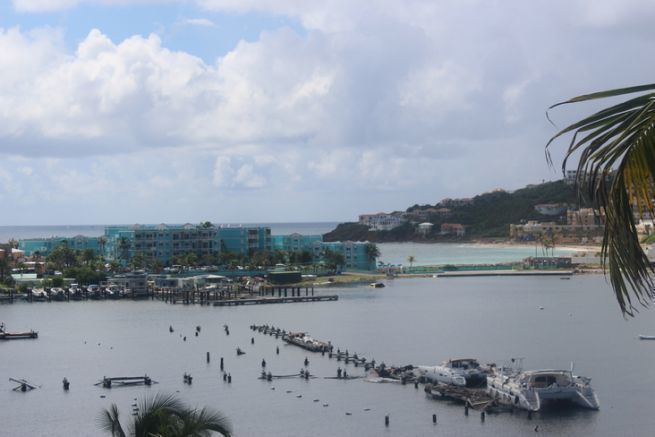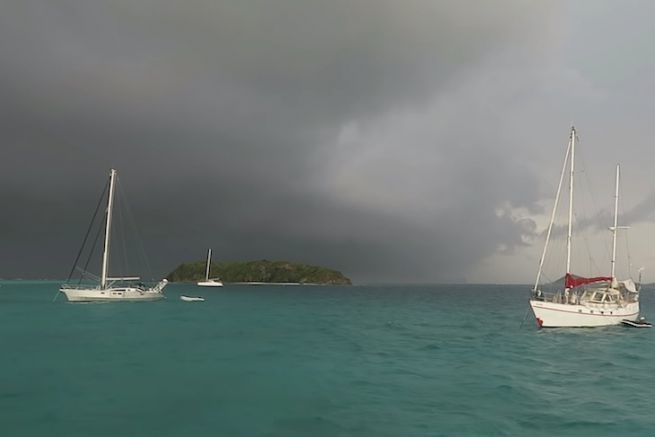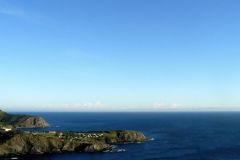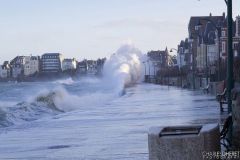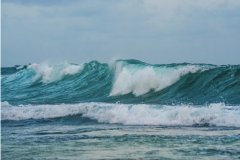Different names, same impact
When sailing around the world or when you want to sail in certain places of the world, it is important to prepare your navigation according to the seasons. In particular to avoid cyclonic zones, which vary according to the calendar. This preparation is even more important with global warming. The cyclonic periods are longer; the cyclones are more important and regular.
If the terms vary to qualify them euros cyclone, typhoon, hurricane euros these meteorological phenomena have all the same characteristic: whirlwind and violent with winds exceeding 64 knots evolving in tropical regions. The denomination depends only on the place of the earth where they are found . The displacement of a cyclone is generally 10 to 30 km/h.
Cyclones are present in the Indian Ocean and the South Pacific. Hurricanes are found in the North Atlantic and the North East Pacific. Finally, typhoons are mainly found in the Northwest Pacific.

Where do cyclones form?
Cyclones only form under certain conditions: sea temperature above 26°C in the first 60 meters, air humidity (about 90%) and atmospheric instability. These conditions explain the absence of cyclones in the cold waters of the South Atlantic and Southeast Pacific.
Almost all cyclones form within two oceanic zones located on either side of the Equator, between 5° and 20° latitude. Their initial rotation is due to the Coriolis force. This region is called the Intertropical Convergence Zone (ITCZ), which changes according to the months of the year. In January, it is further south. In July, it moves north.
at this place the trade winds from both hemispheres meet, which makes the area very unstable and generates large cumulonimbus.
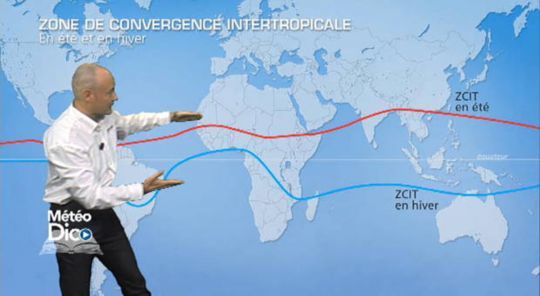
What are the cyclonic periods according to the hemispheres?
In the northern hemisphere, summer extends from June to September, sometimes until November. It is mainly during this period that cyclones can form, a period that can extend from May to December in some basins. In the West Indies, the most active period is between early July and late October.
In the southern hemisphere, the seasons are reversed. Summer extends from December to March. It is therefore during this period that cyclones are triggered, a period which can extend until April. In Reunion Island, the cyclone season is between the end of December and the beginning of April.
The frequency of cyclones is not the same according to the hemisphere. 70% of them develop in the northern hemisphere.
